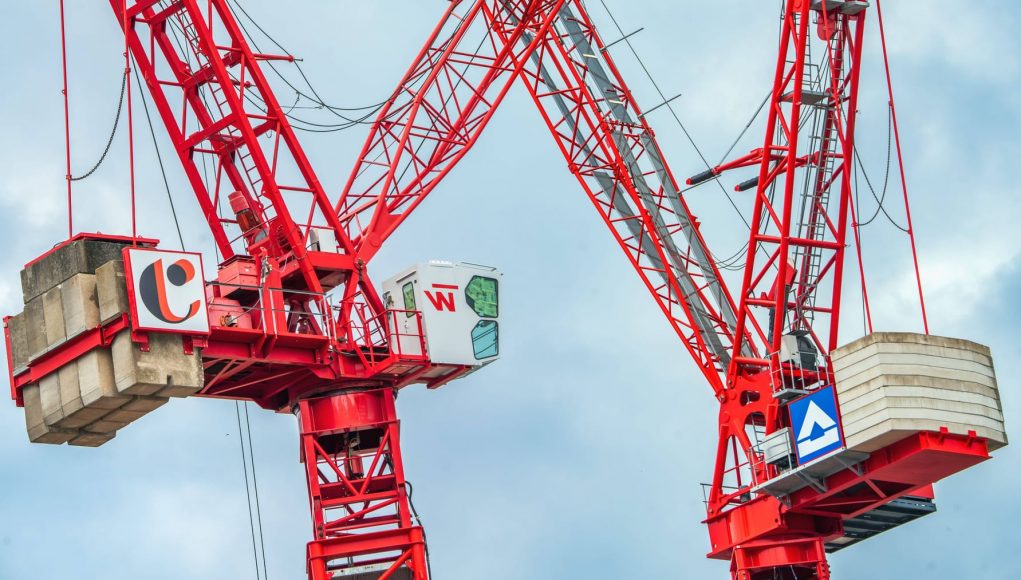Experts had predicted a 30 percent increase in bankruptcies this year – but things are likely to get worse. One industry is particularly at risk.
According to a media report, the number of bankruptcies in Germany has risen more sharply this year than experts expected. In the first six months, 162 companies with a turnover of more than ten million euros ran into financial difficulties – an increase of 41 percent compared to the same period last year, as the “Handelsblatt” newspaper reported in its Tuesday edition.
The newspaper is based on an analysis by the restructuring consultancy Falkensteg. According to the report, the number of insolvencies is significantly higher than the 30 percent increase that restructuring experts had already expected at the beginning of the year. Among the insolvent companies are prominent names such as the tour operator FTI, the department store chain Galeria and the fashion company Esprit.
In the spring, the German Chamber of Industry and Commerce (DIHK) did not see any turnaround for the better in the number of company bankruptcies and expected the numbers to continue to rise – despite falling inflation figures and a relatively stable global economy. Structural problems such as a shortage of skilled workers, continued high interest rates and high energy costs compared to international standards are therefore having a negative impact.
Across all company sizes, the credit agency Creditreform registered around 11,000 insolvencies in the first half of the year – the highest level in almost a decade. Automotive suppliers, mechanical engineering companies and real estate companies are particularly affected.
According to the “Handelsblatt” report, the construction industry is likely to come under increasing pressure in the coming months due to a lack of orders. Some construction equipment manufacturers reported a drop in sales of almost 60 percent in the first quarter compared to 2021, according to Düsseldorf insolvency administrator Dirk Andres: “At some point, this will also have an impact on the construction companies.”
However, there are not only more bankruptcies: According to the report, struggling companies also have increasingly poor chances of successfully rehabilitating themselves. As a result, they have to cease operations once and for all in insolvency proceedings: “The rescue rate is falling because investors believe that the worst has not yet been reached,” said insolvency administrator Andres. Even strategic investors are currently very cautious.
Of the 279 companies examined that had to file for bankruptcy in 2023, only 35 percent could be saved by the end of the first half of 2024 – through a sale to an investor or because creditors agreed to an insolvency plan. In the same period three years ago, this was still successful in 57 percent of cases.
The reasons given for the wave of insolvencies are the aftermath of the corona pandemic, inflation, rising energy and material costs and weakening demand. Locational disadvantages such as a shortage of skilled workers and bureaucracy make matters worse. Global crises, poor economic prospects and high interest rates are making restructuring and investing in ailing companies increasingly unattractive.































